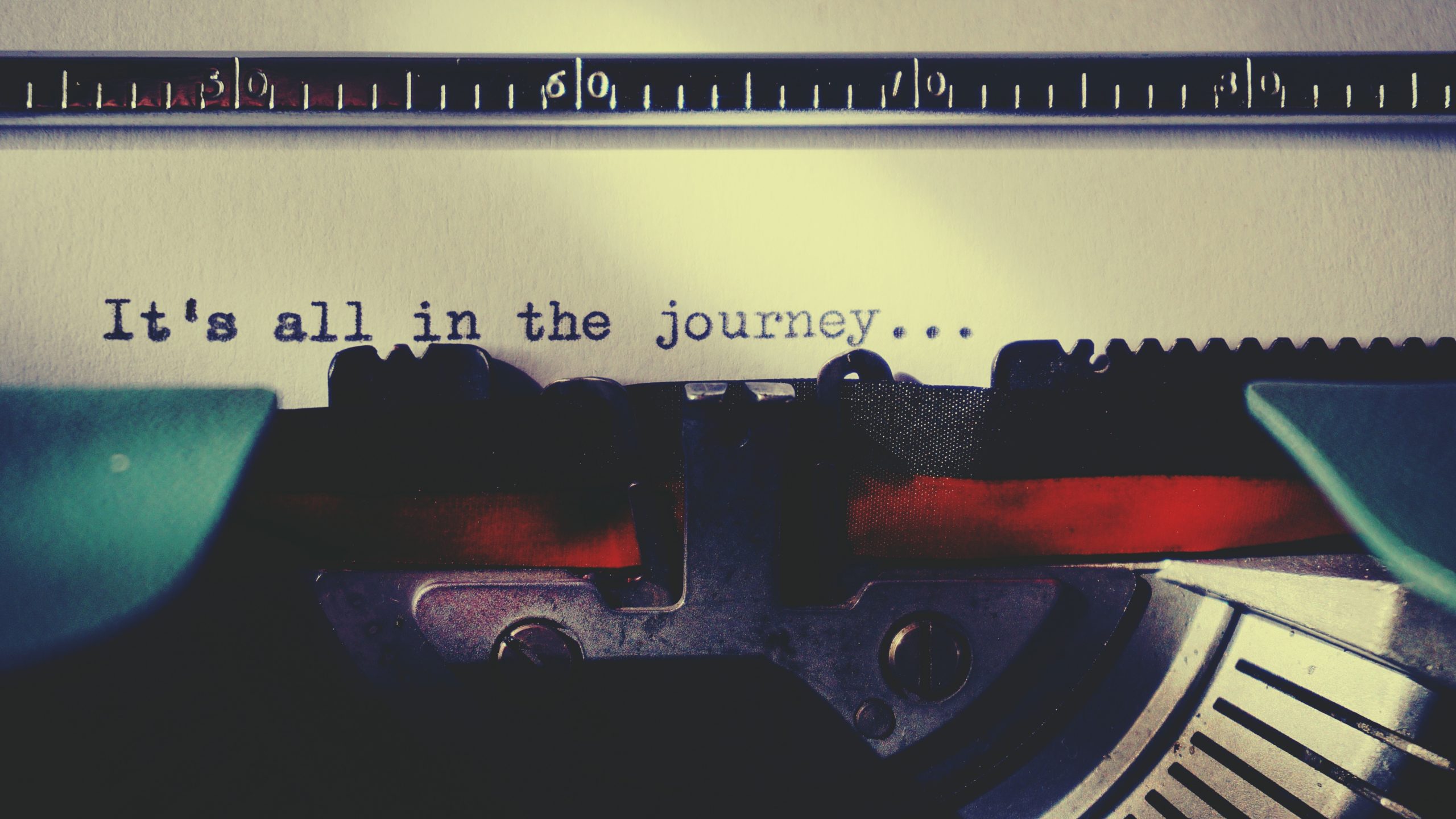Introduction
This week, we’re going to take a look at sentence structure. This is where we’ll start for our discussions on the grammar side of writing. If you haven’t already, you should go read my last Thursday Technicalities post on grammar and why it’s important. Once you’ve done that, come back and take a look at sentence structure with me in this article.
Types of Sentence Structures
Some of you may have learned this while others may not have. So, I’m going to briefly discuss the types of sentence structures. Then we’ll take a look at how those structures can be used to create various effects in your writing. That’s the really interesting part that everyone’s actually curious about, right?
First on the list, we have the simple sentence. This consists of a subject and a predicate (one subject, one verb). This would include sentences such as “I run.” or “He plays.” These sentences shouldn’t have a conjunction or a dependent clause.
Next on the list, there’s compound. This sentence structure takes two independent clauses (these would be things that stand on their own as simple sentences), and combines them with a coordinating conjunction (ie: and, or, but, not, etc.).
Third on the list, you have your complex sentence. Here, you have your independent clause, but you tack on a dependent clause. It might read something like this: “If Stacy goes to the mall, I will come.” In this instance, If Stacy goes to the mall is dependent on the independent clause, I will come. So, it’s complex.
Last on the list, we have the compound-complex sentence. This one more or less combines the compound and the complex sentence structures, as the name implies. You’ll need at least two independent clauses and a dependent clause to form this type of sentence structure. The sentence contains both conjunctions and subordinators.
For example, “If Stacy goes to the mall, I will come, and Rob will too,” is a compound-complex sentence. If Stacy goes to the mall forms your dependent clause. I will come is an independent clause. And is the conjunction, and Rob will too is another independent clause. If, in this case, is the subordinator as it is introducing the dependent clause.
Using Sentence Structure for Impact
Now for the fun part. It hardly does much good to know what the sentence structure options are if you don’t know how to effectively use them. So, what does sentence structure do to your story?
Pacing
The first very obvious thing it will do to your story has to do with pacing. Imagine you’re working on a scene that’s tense. Maybe it’s a romantic scene where the couple has finally taken a leap and the guy proposed to the girl. Or, maybe it’s an action scene and there’s a car chase going on.
What kind of sentence structure do you think is best for this? What you choose will convey the urgency or take away from it. If you choose to use a lot of long sentences (such as your compound-complex sentence structure), you’ll bog yourself down. It doesn’t read quickly, and the reader starts to lose focus or interest without even knowing why.
Here’s why. Your writing may be good, but if you didn’t choose a sentence structure to convey the energy of the scene, it just feels off to the reader. It doesn’t grab their attention, and it quickly makes them fall asleep when they should be on the edge of their seat with anticipation.
As a general rule of thumb, you want to use more shorter and choppier sentences for fast-paced scenes and longer, smoother ones for the slower, richer scenes. This helps create a pacing that strings the reader along with you as you weave the story for them.
Changing Things Up
One thing that many beginning writers (and even more advanced writers, in some cases) struggle with is repetition in sentence structure. Maybe the writer prefers short, simple sentences or is prone to long-winded compound-complex sentences that span an entire paragraph. Likely, we’ve all seen authors who fall somewhere on that spectrum.
But there’s one thing that repetitiveness assures. Boredom and irritation. Sentence structure helps to alleviate that when used with variety and wisely.
If you’ve had a lot of short, choppy sentences all in a row, it helps the reader if you throw in a longer sentence to give them a minute to catch their breath. Going back to the earlier point about pacing, you don’t want to create the wrong feeling for the piece, but you also don’t want to entirely wear the reader out or put them to sleep.
Whether you’ve had long, elegant sentences or short, simple ones, using another sentence structure opposite of the previously used structure in the right place can help to give readers a chance to rest or keep them from falling asleep.
Sound and Feel
In a word, sentence structure affects your overall aesthetic. How you say things matters, and sentence structure is interwoven in the very fabric of what you’ve said and how.
This means that if you choose the right sentence structure, the piece will flow in the readers’ minds as they read. It will feel natural, not forced. It will be a beautiful thing, a work of art instead of some words slapped hastily on a page.
One thing I recommend to those who are wondering if their sentence structure feels right is to read it aloud. Doing this forces you not to skip words or try to insert things into the text mentally as you read. Your brain does these things automatically when you edit, so it takes time to train it not to. One of the easiest ways to do that is to read it out loud, either to yourself or to someone else.
It may feel awkward at first to do so, but I promise it helps. As a bonus, it helps you catch other problems or mistakes as well. I’ve lost track of how many times I’ve caught a spelling mistake or grammar error simply because I was reading something to someone else. Don’t be afraid of it not being perfect. It won’t be. Never will be, in fact. And that’s okay. You’re not the first to write an awful rough draft, and you won’t be the last. It’s a rough draft for a reason.
Conclusion
Well, that’s it for today! I hope this post has proved helpful. Do you have any other ways that sentence structure has affected your writing? If you do, feel free to leave it in the comments below! If you have any questions, you can leave them in the comments as well, and I’ll get back to you as soon as I can.






